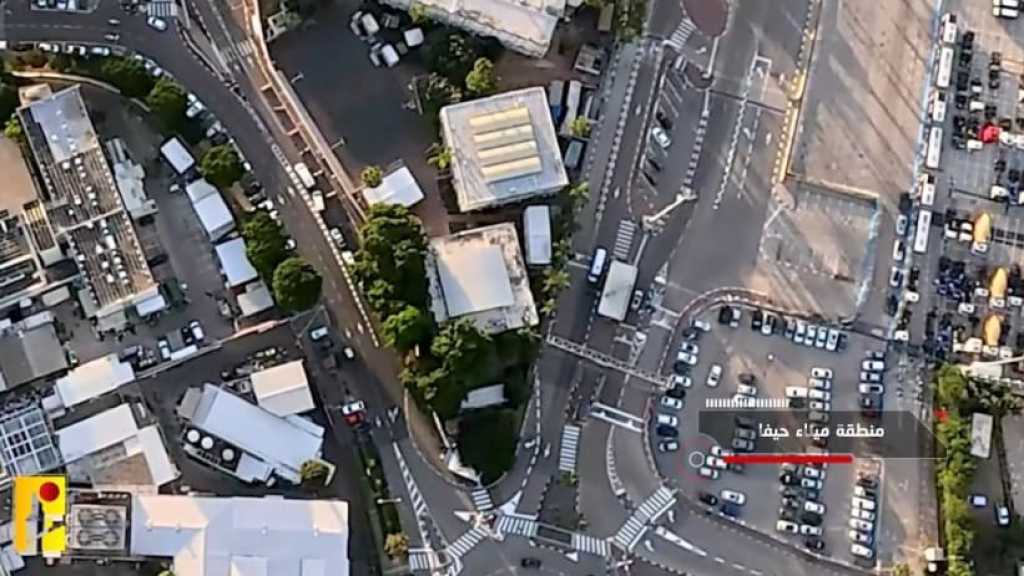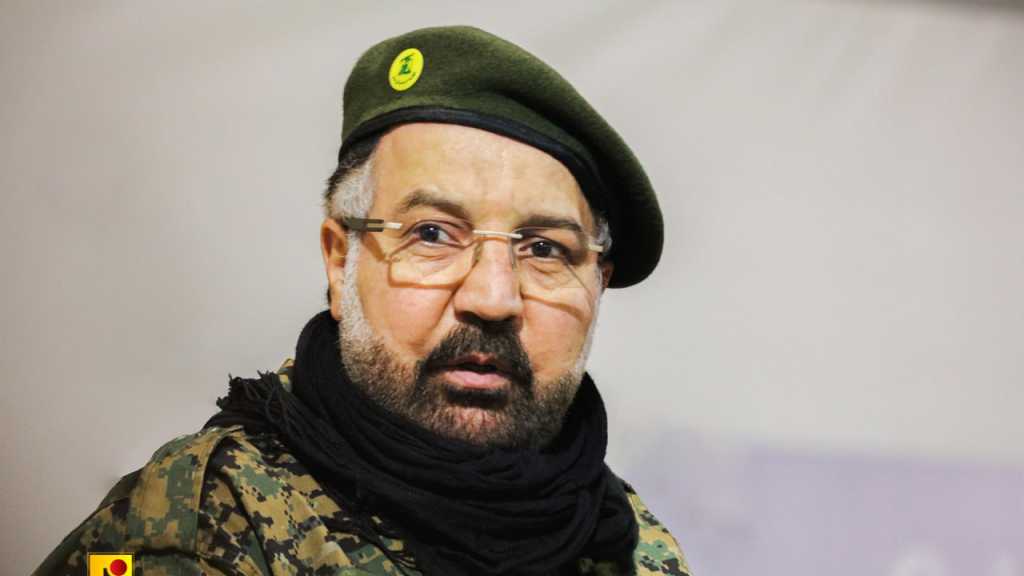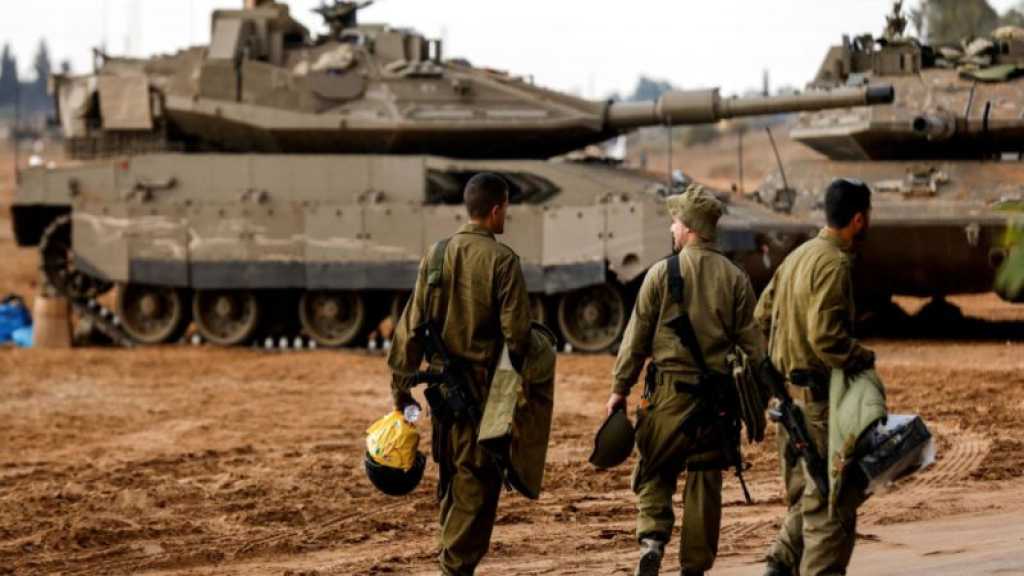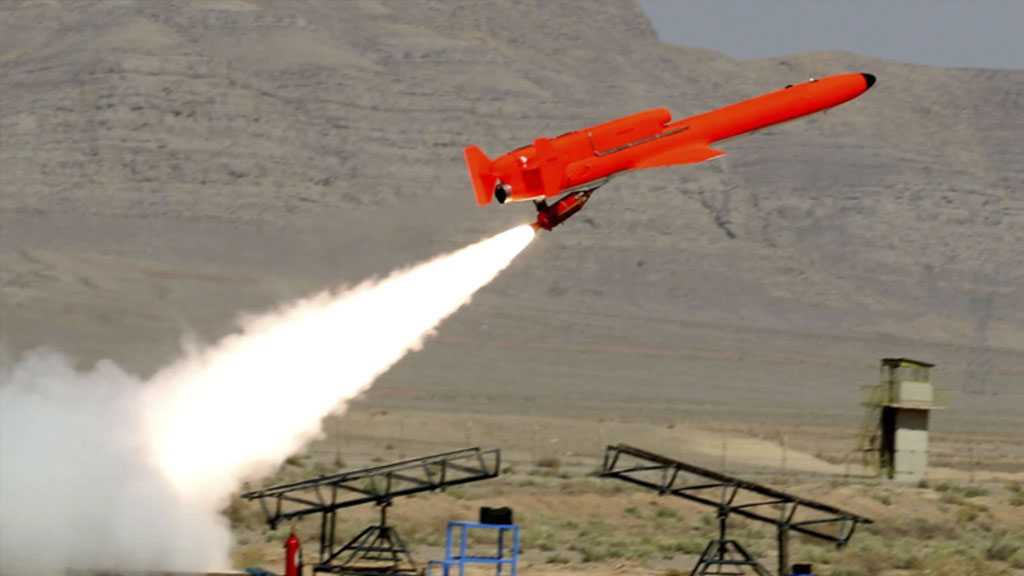
And the Entire Levant is Resistance
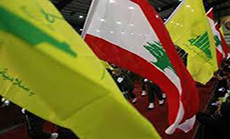
Nahed Hattar - al-Akhbar newspaper
"...I do love you, yet my love for you is neither to myself nor is it the axis of my life; But Syria is the axis around which my life and my love revolve. All of us must be for Syria, because came the time which, if gone while we haven't done anything for the sake of our freedoms, we would then be falling into long severe slavery!" This is what Antoun Saadeh wrote to author Edvik Jureidini on February 5, 1938.
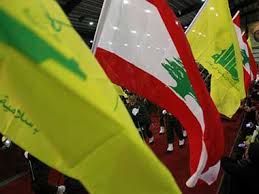
In this short passage, the struggler utters his unison with his cause, prioritizing it over any other matter. In fact, this is crucial for strugglers who are adamant to achieve their goals; yet the most important is what the revolutionary intellect underscores in terms of the problematic of the time that is possible to achieve these goals. Furthermore, in an unmatched vivid attempt to shun slavery, Saadeh ventured into a fervent activity; he studied inside and outside the prison, in the country and the exile, granting his cause every modicum of his soul. Between the boiling years 1947 and 1949--his return from the exile and his martyrdom--he worked dauntlessly for the revolution. But he departed as the martyr of the time which did not allow the victory if the Syrian cause.
To him, as a man of a nationalist dogma, the Syrian cause just doesn't die; Instead, Saadeh the struggled realized, with a delicate historical sense, that if the pillars of the Zionist entity were ever clinched, and the borders of the Syrian entities ever anchored, the nationalist cause would then vanish into deep oblivion. This approach brings back to mind the saying of Vladimir Lenin, before October 1919 Revolution, "Yesterday, it wasn't too late, but tomorrow it will be; so now is time!"
It is history that grants the plausible opportunity, between long intervals, yet for a short time. The first chance to build a united independent Syria in 1920 was missed, when the leaderships of the Syrian kingdom failed, due to its traditional social nature, to marshal an efficient defense, whether political or military, in order to preserve a nationalist state, which only found in the end the symbolic heroic presence of the blood of Youssef al-Azmeh and his comrades, in Maysalun battle.
Afterwards, the struggle for independence certainly did not stop, and neither did the conflict against the Zionist scheme in Palestine. Nonetheless, despite the bravery behind all this, it was all happening within the frames of the borders of the entities drawn by Sykes-Picot. And, this very fact is the one that produced, in its own face, the Syrian Social Nationalist Party (SSNP). Considering the resilience of the separatist borders, the party was then an inspiration for thousands of engaged strugglers, educated, and innovative figures.
In the wake of WWII, with the shaky of the two colonialist powers that shared Greater Syria, namely France and Britain and their brushing aside in favor of the US and the URSS, an historical opportunity to accomplish the mission of unifying Greater Syria in a nationalist entity was then for the taking. Saadeh knew that the chance was limited by time and surrounded by socio-political complications. He then sought to make up for the pressure of both the time and the complications, through an assiduous unremitting struggle. Then was the moment of his martyrdom, the moment of a glory. It was also the moment of the efficiency of the internal components of the entities' borders. Even President Hafez al-Assad, with all his weigh, could not, for internal hindrances in the two countries first and for inadequate international circumstances second, to unify the Syrian Republic and Lebanon; moreover, his efforts failed in Iraq, while he was challenged by the PLO through "the national independence decision."
As to his ties with Jordan, they remained swinging between coordination and rivalry.
Over 50 years after Saadeh's martyrdom, and eleven years after al-Assad's, Syria's enemies staged war on it. The belligerent coalition was colossal as comprising the US, Europe, the Gulf, Turkey, the Muslim Brotherhood, and the terrorist Takfiri forces, in a climate of changes of the so-called "Arab Spring," which has really threatened to lose the Syrian center and to venture into an infinite era of slavery for the Zionists and the terrorists. Notwithstanding, owing to the steadfastness of the Syrian state, the Resistance and the Syrians, a new chance of victory of the nationalist cause in Greater Syria and Iraq was born.
The war did break the entities' borders and it got clear to the local nations that they could not dissociate themselves from the growing wars in one geopolitical region.
From the unity of the resistance against the terrorists, to the unity of the resistance against "Israel," the Syrian and Lebanese Resistance men have launched, empirically, the movement of the unity of Syria...and the entire Levant; what is important now is to take advantage of the little left time to move to self-awareness of the historical mission inflicted upon the Resistance men. As a matter of fact, the Golan is not the same as South Lebanon or Gaza; it is rather a joint field for the Syrians, the Lebanese, the Palestinians, the Jordanians, and Iraqis. From now on, there is no room for the fractional resistances or the fractional national projects. There is neither victory nor future without the unity of the Resistance, the unity of the leadership, and the unity of the goal: the independent union for a Levant without "Israel," without fustiness, without sectarian and ethnical divisions, without impoverishment, marginalization, or aggrievement.
Comments
